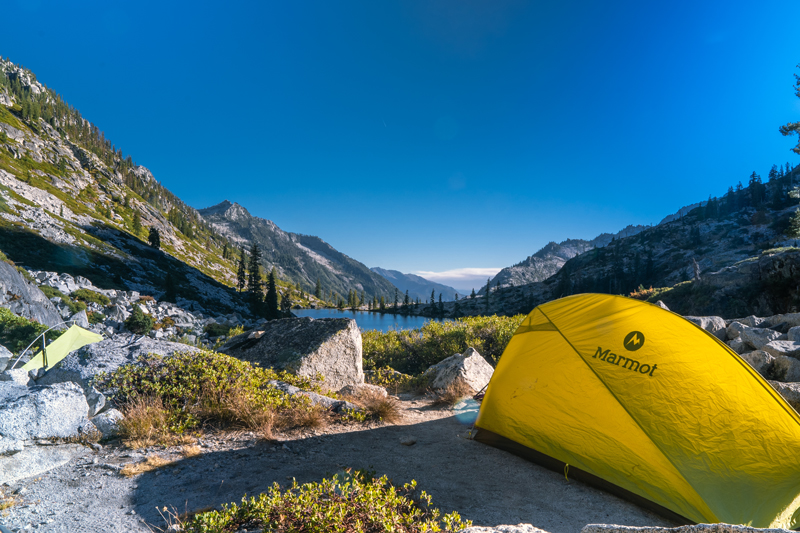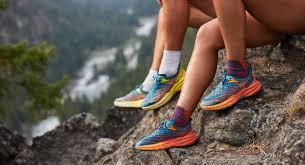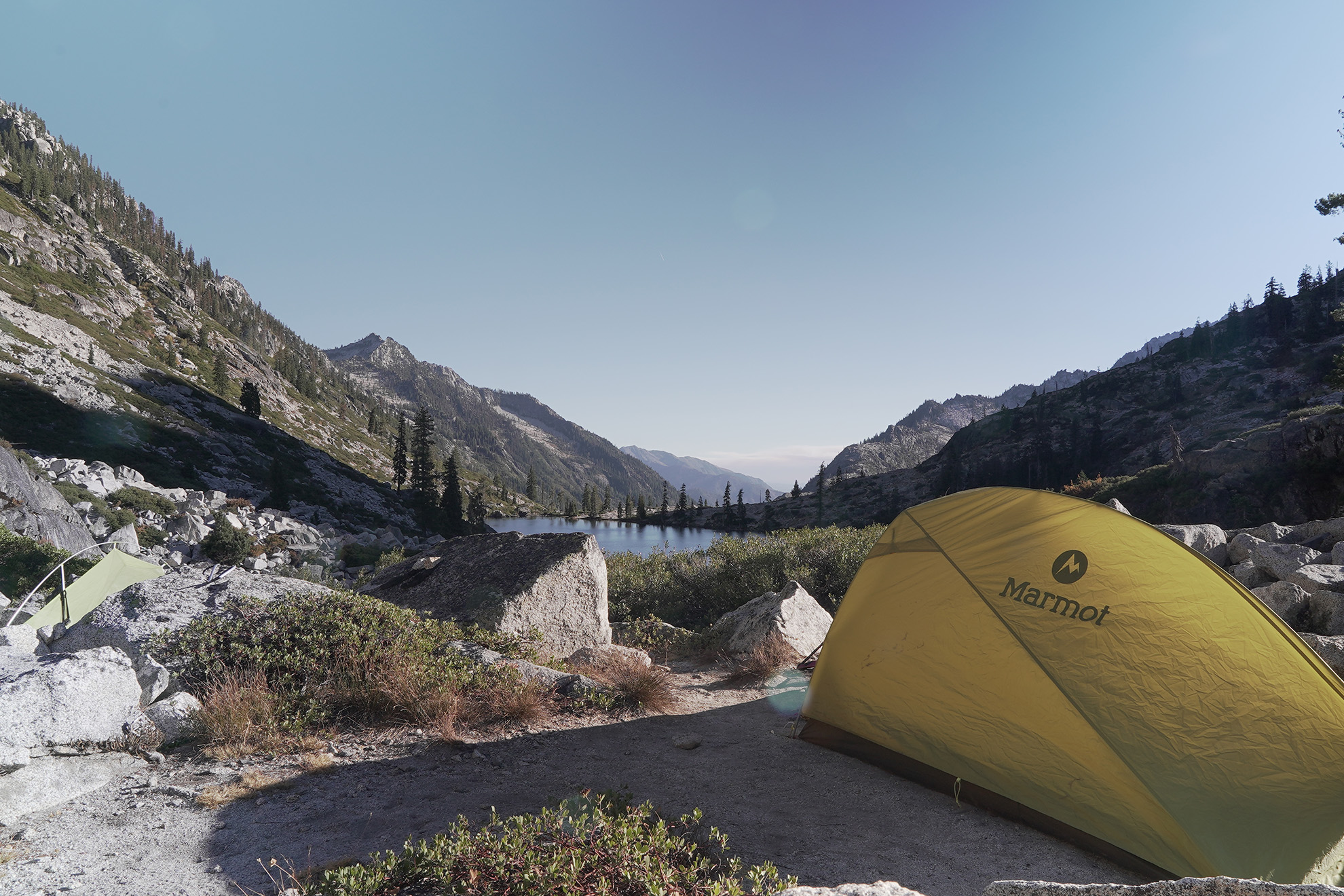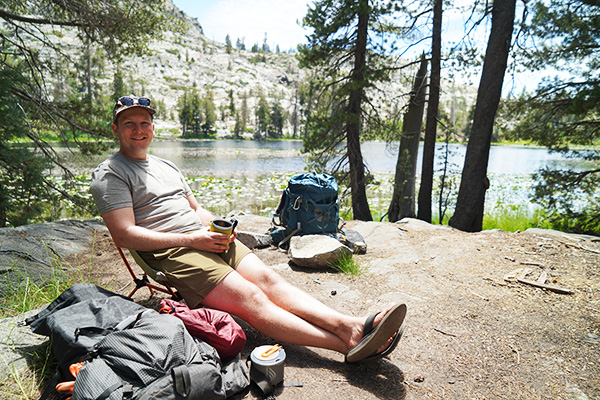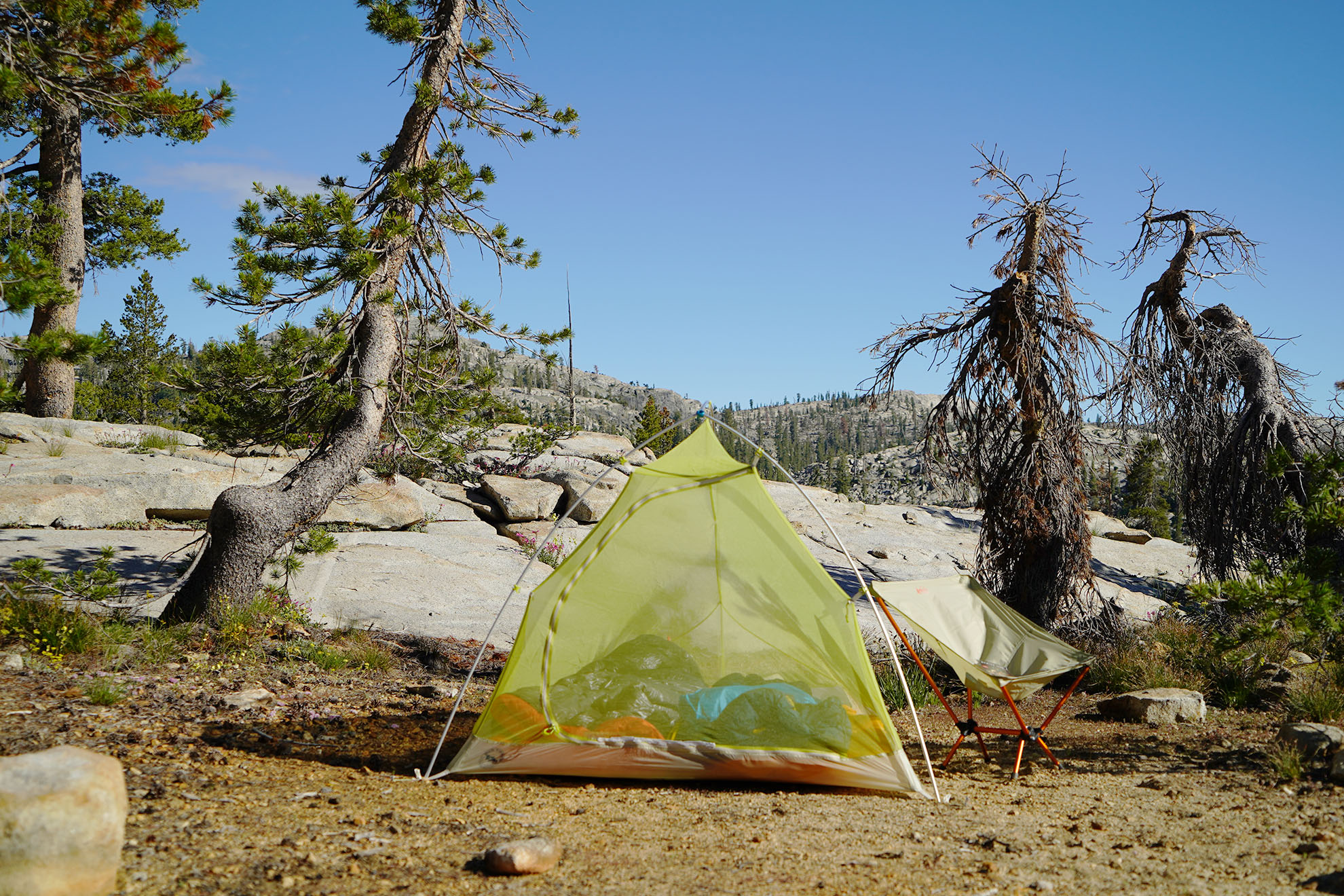It’s tempting to just buy yourself a pack, pick a trail, and head out but there are a few things to watch out for if you’re a novice backpacker. I’m guilty of violating most of these at one point or another and I hope this list can help you avoid some of the mistakes I made when I was starting out.
I don’t consider myself to be some end-all resource for backpacking wisdom but I HAVE learned from a lot of my mistakes over the years.
I’ll include some common blunders and some easy ways to avoid these mistakes on future trips, be that proper planning or a piece of gear that has helped me out.
Let’s get it!
Taking Everything but the Kitchen Sink
By nature, if you’re backpacking then you’re carrying everything you need to survive into the backcountry with you. This is just what it is and it can get heavy. That said, packing light can make your hike more enjoyable.
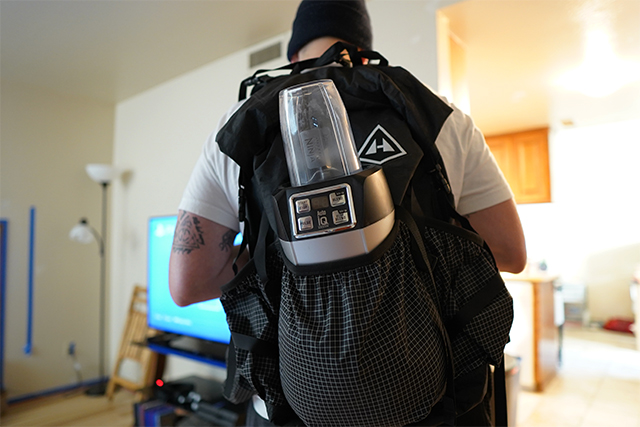
This isn’t to say there is some magic weight out there that makes every hike better but having the mentality of “do I actually need this?” going into your trip planning can be rewarding.
For me, dropping my base weight has allowed me a lot more freedom to bring camera gear with me on my trips. This is huge for me, I would much rather be able to carry an extra lens and some batteries with me than an extra jacket I won’t even end up using.

With all the new gear out there and with tons of resources online to help you shave weight, you can lighten your load and spend more time focusing on the views, conversation, or whatever else motivated you to get into the backcountry.
While you’re packing remember that every ounce REALLY does add up.
Some things I used to do include taking too much food, packing unnecessary items like chairs or extra stoves, and bringing way more clothing than I needed.
You can avoid this by using a dedicated program or even just an excel sheet to track exactly what you are taking with you.
If you’ve followed me for any amount of time you probably know I like to use LighterPack to keep track of how much I am carrying along with me on my trips.
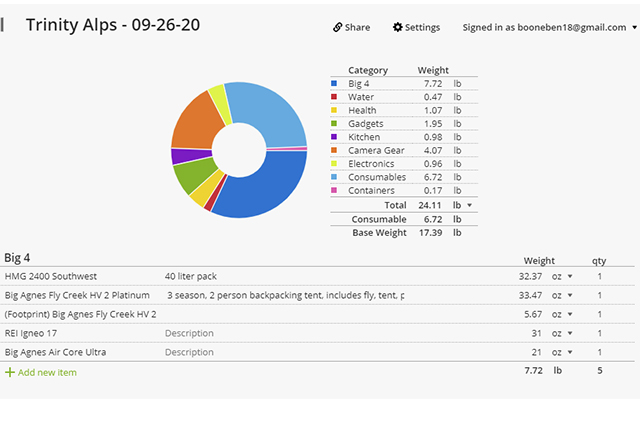
Shameless plug – You can check out my post from this trip here.
Another tip to lighten your weight is to focus on your “Big 4”. If you have the means then consider cutting weight by purchasing a lightweight shelter (tarp or backpacking tent), backpack, sleeping bag, and sleeping pad.
These items make up the majority of your base weight and are a great way to cut pounds even if you leave everything else in your bag as is.
Not Planning for the Weather
A little bit of heat or even some rain probably isn’t a big deal. But what about a thunderstorm, or temperatures suddenly falling below freezing?
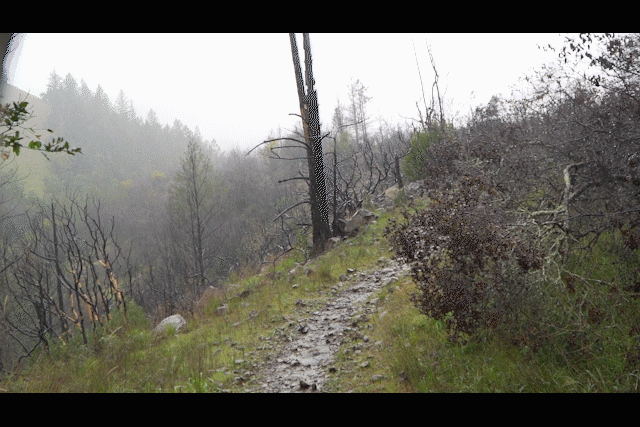
You don’t want to be caught on a mountain and not be prepared for the weather.
You could check local weather forecasts to get an idea but these are usually for the closest towns which could be miles away from your campsite and at a completely different elevation. There really isn’t any amount of planning for a trip that could be considered too much.
During seasons when rain is likely, I bring along a Frogg Togg rain jacket with me. I’ve had it for about 3 years now and at just over 5 ounces, it’s a piece of gear I always throw in my bag. If you’re interested, you can find it here.
If you don’t want to leave it to chance and a raincoat, use NOAA to get weather data for exactly where you are going to be backpacking. They use a Google Maps interface and overlay 5-day weather forecasts for where you are actually going to be, not the nearest town.
Leaving a Trace
In my experience, most people that are going backpacking stick to the LNT major rules: Pack it in and pack it out, leave wildlife alone, not washing dirty dishes in a lake, etc.
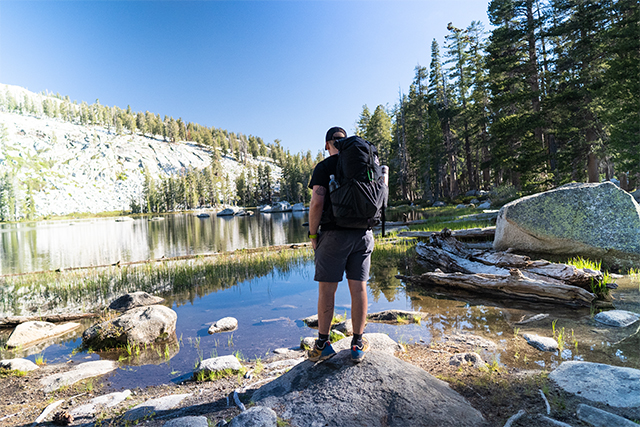
I have a video from this trip that you can see here.
There are finer points to LNT that are always good to work on though. Do you all really pack your toilet paper out or make sure your fire is small enough?
You can work on minimizing your impact on the environment you’re exploring by familiarizing yourself with LNT and what it means.
Improperly Drying Gear
Hanging damp clothes inside your tent will not dry them! They need to be in your sleeping bag or hung outside to dry. This is one of those things where you could probably get by not even realizing you’re doing it wrong.
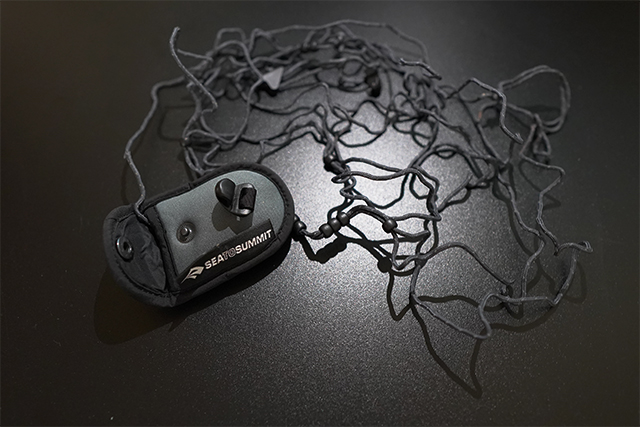
You’ll just think wet socks and shirts are the price you pay for backpacking but this doesn’t have to be the case! I used to hang my clothing on bushes or tree limbs outside of my tent and this worked perfectly fine for me.
I got a Sea to Summit Clothesline for Christmas a couple of years ago and this thing goes on every trip with me now. I just tie it up between two trees or branches and I hang my clothes from this. I actually really like to use it as a place to keep my camp towel between uses too.
If you want to check it out you can find it here.
Poor Food Storage
You don’t want small critters or bears to get to your food. This is bad news for any party involved.
You should hang your food up in a tree away from your camp. I keep all my consumables in cheap dry bags and I use a paracord to hang it from a tree every time I go backpacking.
Packing Too Much Food
I used to carry SO MUCH FOOD. You don’t want to be caught out there without food but you also don’t want to waste your precious bag space just to bring food you aren’t going to end up eating.
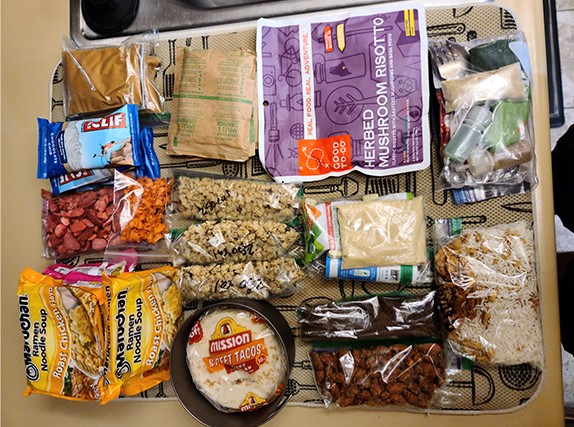
You burn a ton of calories backpacking and it’s important to replenish yourself or you run the risk of exhaustion, muscle strain, dehydration, and a myriad of other avoidable health issues.
It’s generally agreed that you want to aim for about 4,000 calories a day while you are backpacking.
You can avoid bringing too much food by sitting down and actually writing down and adding up all the calories you are taking with you. Chances are if you do this you’ll notice a lot of redundant weight being used for food you just don’t really need.
In the image below you can see a small list I had jotted down to track the calories different portions of my food would provide me.
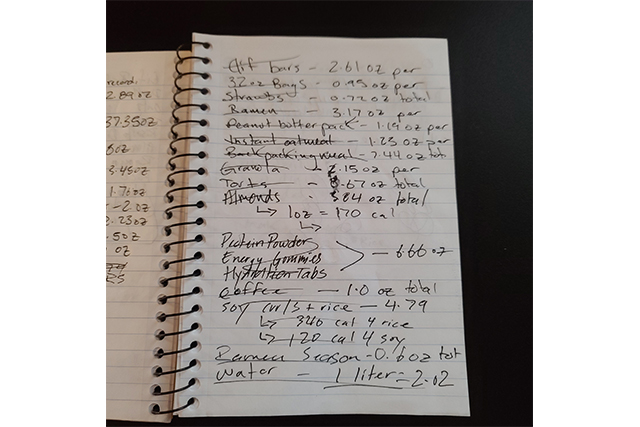
Wearing Cotton
So this is an interesting one and probably a bit more situational than some of the other topics on this list. Basically, if you are only going to be out for a day or two, cotton is going to be fine but if you are doing a multiple-day hike you’ll want to consider wearing something like polyester.
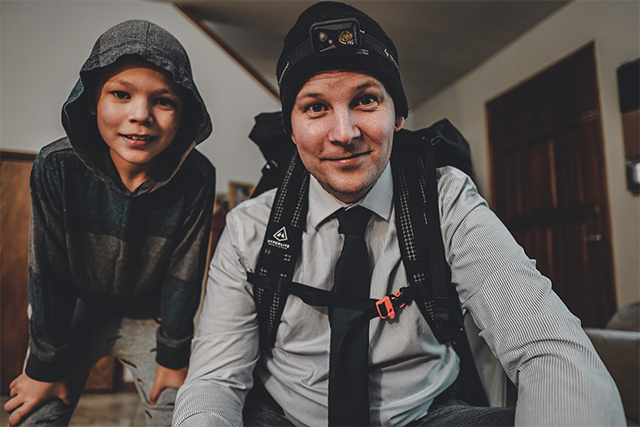
Once cotton gets wet, it tends to stay that way and this will keep sucking away your body heat. This is super noticeable with something like socks.
Maybe it should have been its own point on this list but wear moisture-wicking socks. Cold and wet feet are seriously the worst.
Not Properly Hydrating
I’m probably pointing out the obvious but you need to stay hydrated, you also need to keep up your electrolytes. Knowing what you need to do and executing it are two different things.
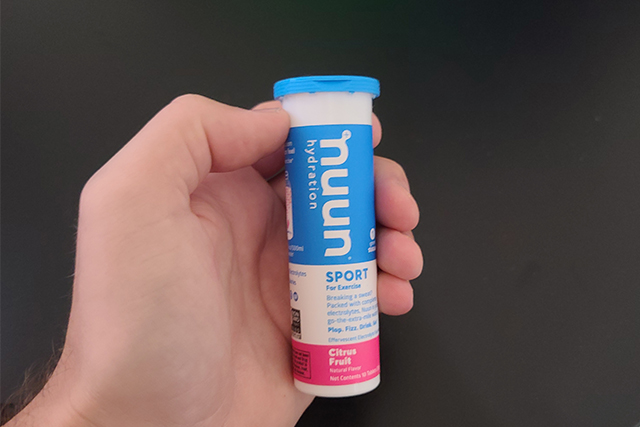
Low levels of sodium can lead to hyponatremia causing nausea, headache, confusion, and fatigue. There is seriously nothing worse than giving your all to finish a hike and be completely wrecked with a headache and sore muscles.
You should drink plenty of water. Don’t ignore your body and drink every chance you get. Take that stop and the water source and refill. This is the easiest mistake here to mitigate in my opinion. All you have to do is drink water!
I’d also recommend carrying some Hydration tabs with you. I’ve been using Nuun Tablets on day hikes and runs and have been blown away with how much better I feel after hikes. They make a very obvious difference in how I feel both during and after my hikes.
If you’re interested you can see the ones I bought here: https://amzn.to/2IvZnyv
Backpacking Out of Your Skill Level
Be honest with yourself.
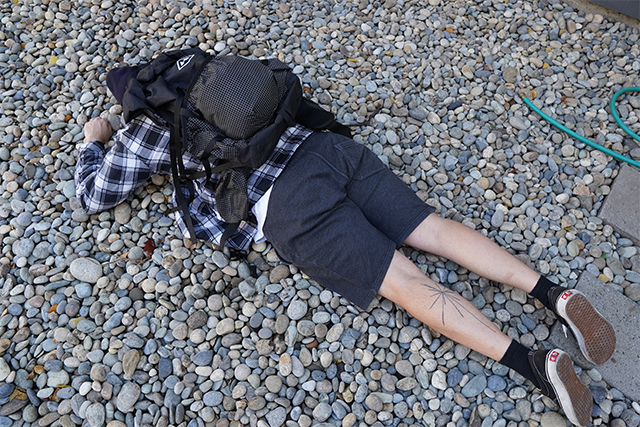
You know you best so don’t go on that hike with an extreme grade that you know you can’t handle. I’ve been the one in worse shape and I’ve been with people that can’t hang. It’s no good for anyone.
Both situations end up taking away from the experience for everyone involved. You don’t want to be holding your trail mate back when they’re setting a great pace and may not want to stop every 5 minutes on the final stretch so you can catch your breath.
You also don’t want to overexert yourself and risk injury by pushing yourself well past what your body is telling you is enough just so you can keep up with your trailmates.
You can avoid this by properly planning your trip. Use a resource like AllTrails to find the distance, difficulty, and really what I think is the most important factor, elevation gain over a distance.
I know 1,000 feet of elevation over a 3-mile hike is not going to be near as straining as the same elevation gain on a 1.5-mile hike.
In Conclusion
Stay Trippin!
